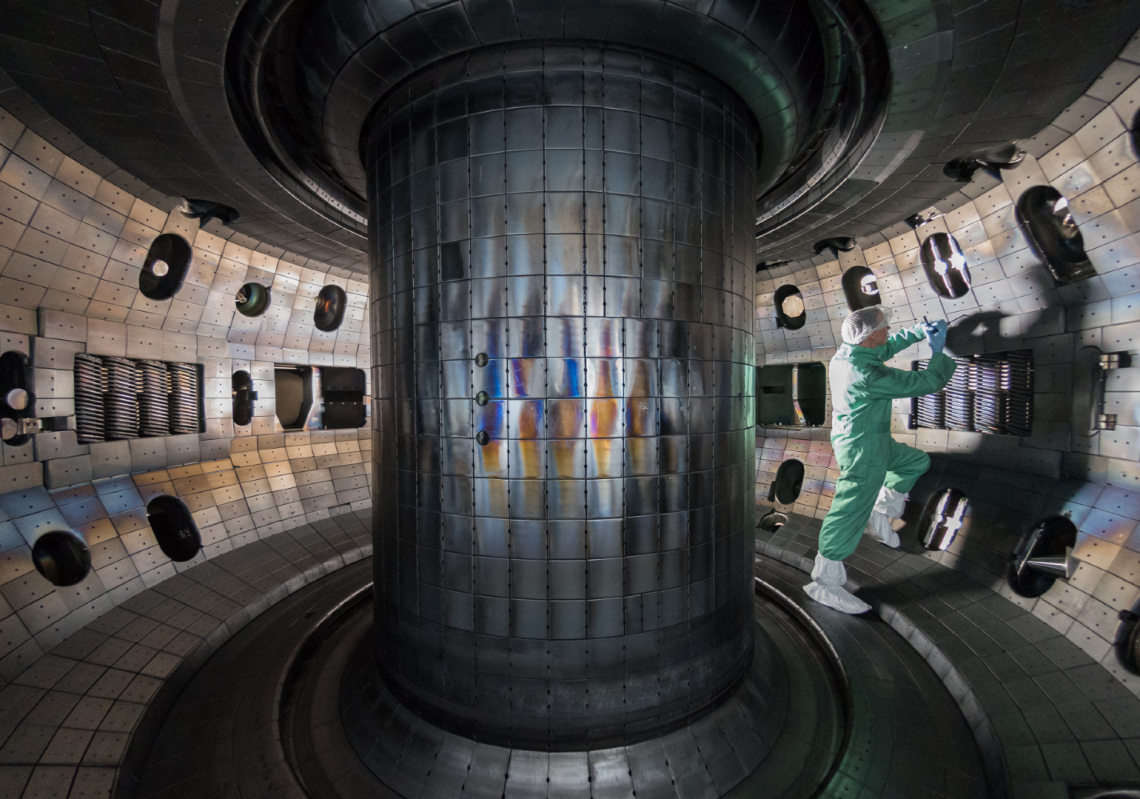The first ever nuclear fusion device entirely designed and operated by students will be constructed at the University of New South Wales.
As part of the university’s multi-disciplinary Vertically Integrated Projects (VIP) scheme, UNSW engineering students will build a nuclear fusion device called a ‘tokamak’, which is designed to produce the extreme heats necessary for fusion to take place.
Led by nuclear engineering expert Dr Patrick Burr, the project aims to have a working device operating within two to three years.
Burr told create that the project came about after he saw the “massive” growth in fusion fueled by private investment.
“There is a huge demand for graduates to work in the field, and there is a shortage of supply,” he said. “The idea of this project was to make our students realise that there is a career pathway and there is a whole area of work that they weren’t necessarily aware of before.”
Burr said that the goal of the project is not to compete with commercial devices, but to help accelerate industry development. Each iteration of the device, he believes, “will push the boundary to new limits”.
Though the device will not use nuclear fuel, it does use the same nuclear fusion process that occurs on the sun, which theoretically could provide carbon-free energy on demand.
Zero con-fusion
Thermonuclear fusion is a process where atomic nuclei are heated up to between 150-300 million °C, and then fused together under substantial force — releasing a large amount of energy in the process.
Traditionally, however, nuclear fusion projects have been hamstrung by needing more energy to create the process than the reaction itself produces.
Fusion is the opposite reaction of fission, which powers conventional nuclear power plants. Instead of breaking up heavy elements such as uranium, the tokamak will fuse together abundant light elements, such as hydrogen or boron.
“We chose a tokamak as it is the most mature fusion device,” Burr said. “But we will use other devices in the future.”
The one m2 tokamak contains a doughnut-shaped vacuum chamber with powerful magnets to control and heat streams of plasma to extreme temperatures, at which point nuclear fusion is possible. The process does not rely on a chain reaction, and produces a by-product of helium, itself a valuable resource.
Students will build the device from scratch. The first device, which will take two years to construct, will be smaller in scale and a relatively lower temperature than commercial devices. Future iterations of the project will likely become more ambitious as they seek to solve new engineering challenges.
“They have to build the vacuum chamber, the fueling system [and] the power system, and design and build each magnet by hand,” Burr said.
Among the most difficult challenges for the students to overcome will include power supply for the magnets, instrumentation and control, as well as diagnostics.
“Once you’ve got a device and turn it on, we’ll see some very high temperatures and an interesting density of plasma,” Burr said. “But we need some way of showing that it’s working, measuring what temperature we’re reaching, and knowing how long we are controlling it for.”
Social licence
A key element of the project will involve the students first studying and analysing public perception of fusion technology.
“I think that’s very important that we start with social sciences and understand the social impact of what we do from the beginning or at the end,” Burr said. “The biggest challenges in the renewable energy transition are not simply technological, but [about] obtaining a social licence, which we are often lacking.”
Burr will emphasise that the students engage widely to understand who people see this kind of technology integrating with their life, so solutions are agreed to rather than imposed on the public.
Education will become a critical pillar, as Burr said that “generally there is a natural, instinctive rejection and a fear of something we don’t know”.
Students, drawn from electrical engineering, mechanical engineering, chemical engineering, design, arts and design, and social sciences, will work with commercial partners to gain exposure to a range of technologies. In the latter stages of the project, students working in materials, computer science and physics will also join.
“The purpose of this device is to … overcome engineering challenges,” Burr said. “Students need to have a grounding in physics, rather than trying to solve physics.”



